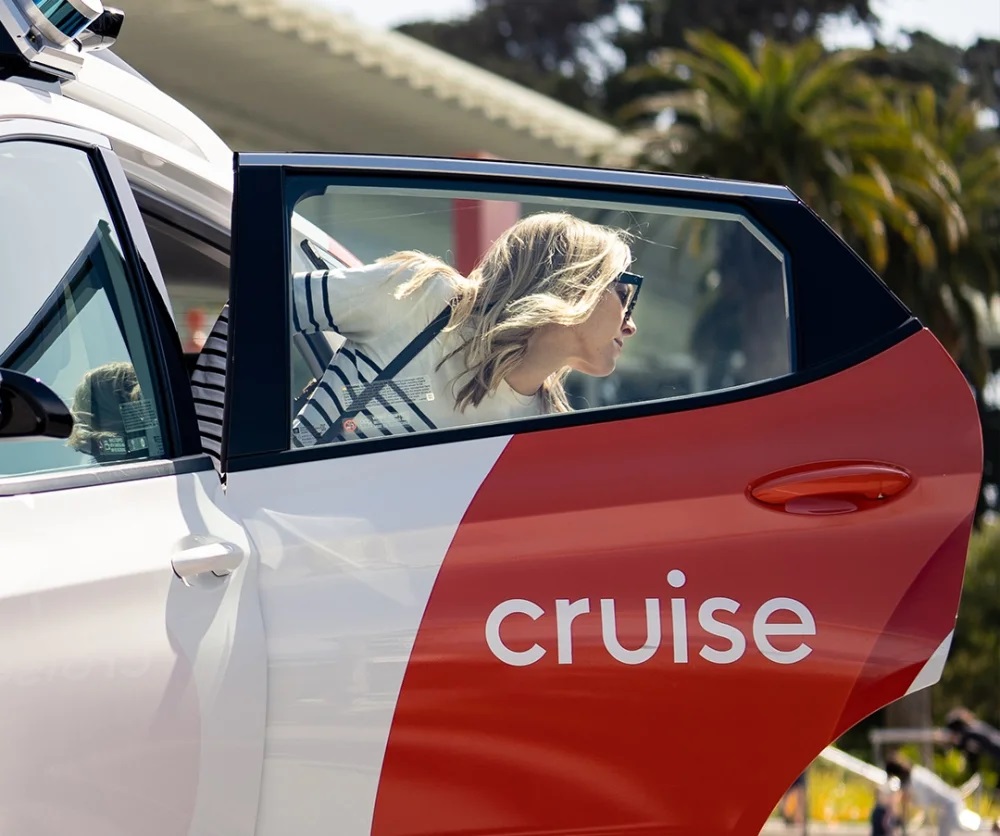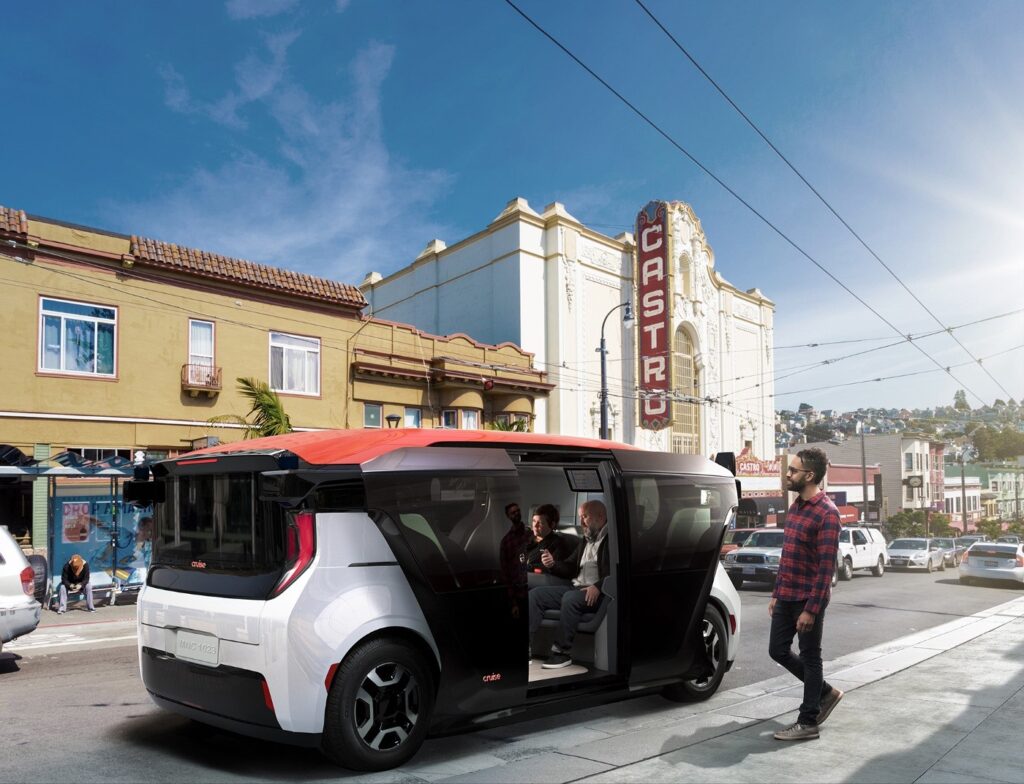
Imagine calling up your Uber and the first thing you notice is that there’s no driver. It’s an “autonomous rideshare,” meaning the front seat is entirely empty.
Once just an idea, fully autonomous rideshares will soon populate the streets of San Francisco. In today’s world, it isn’t hard to see how driverless ride-hailing, alongside many other autonomous services, would be quite popular.
Last week, both Cruise and Waymo secured new permits from the California Department of Motor Vehicles. Both companies can now offer passengers self-driving rides. However, there are a few rules they must continue to follow.

Cruise
First off, Cruise has had state authority to test self-driving vehicles since 2015. However, they were never fully autonomous; safety drivers were always required behind the wheel.
Also, they were just tests.
The new permit allows Cruise to deploy five light-duty autonomous vehicles without a safety driver and offer commercial ride-sharing services to people in parts of San Francisco. These driverless rides can only operate in the evening, between 10AM and 6PM, if the weather is clear. Additionally, these vehicles cannot surpass 30 miles per hour.
Read more: Tesla Autopilot: Everything you need to know
Waymo
Waymo, a subsidiary of Alphabet Inc., also acquired a new permit today. Their permit allows them to mobilize “a fleet of light-duty autonomous vehicles for commercial services within parts of San Francisco and San Mateo counties,” according to the California DMV. However, unlike the permit acquired by Cruise, the self-driving vehicles deployed by Waymo must have a safety driver behind the wheel.
Waymo’s vehicles will be operable on roads with a speed limit of 65 miles per hour or less, and are allowed to run even in the rain and in light fog.
For more information about these new autonomous rideshare permits, check out the official post from the California DMV.